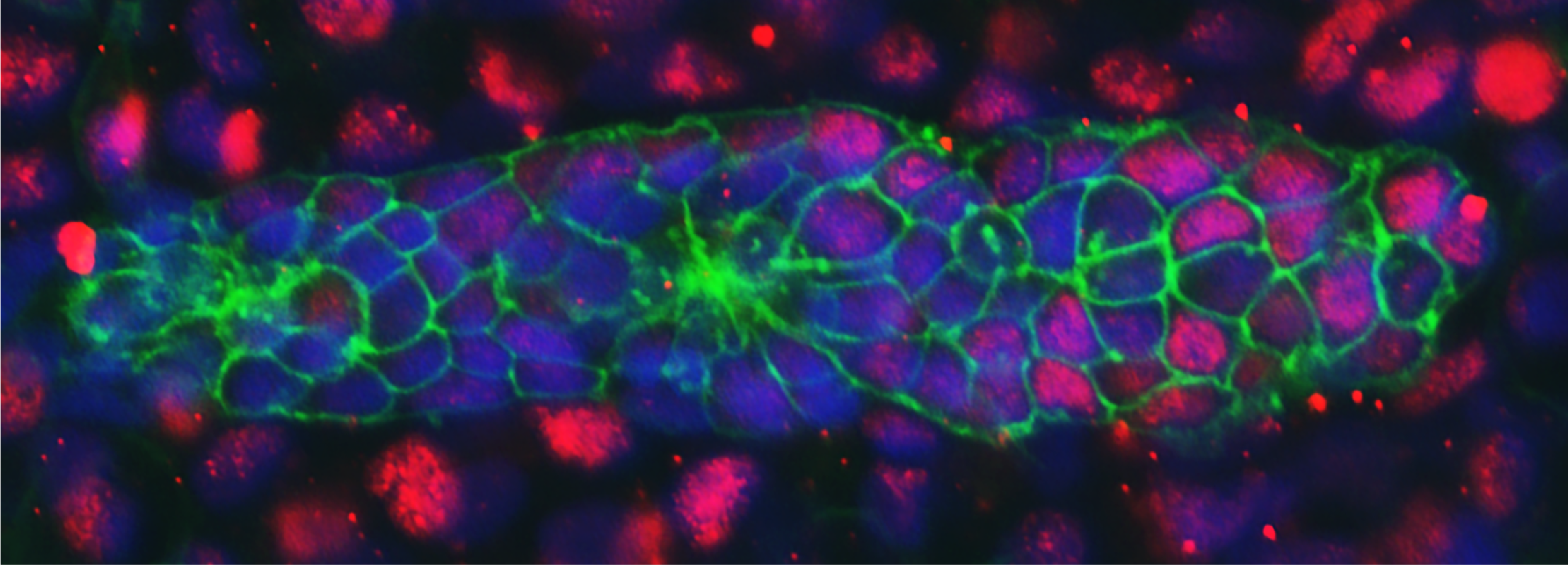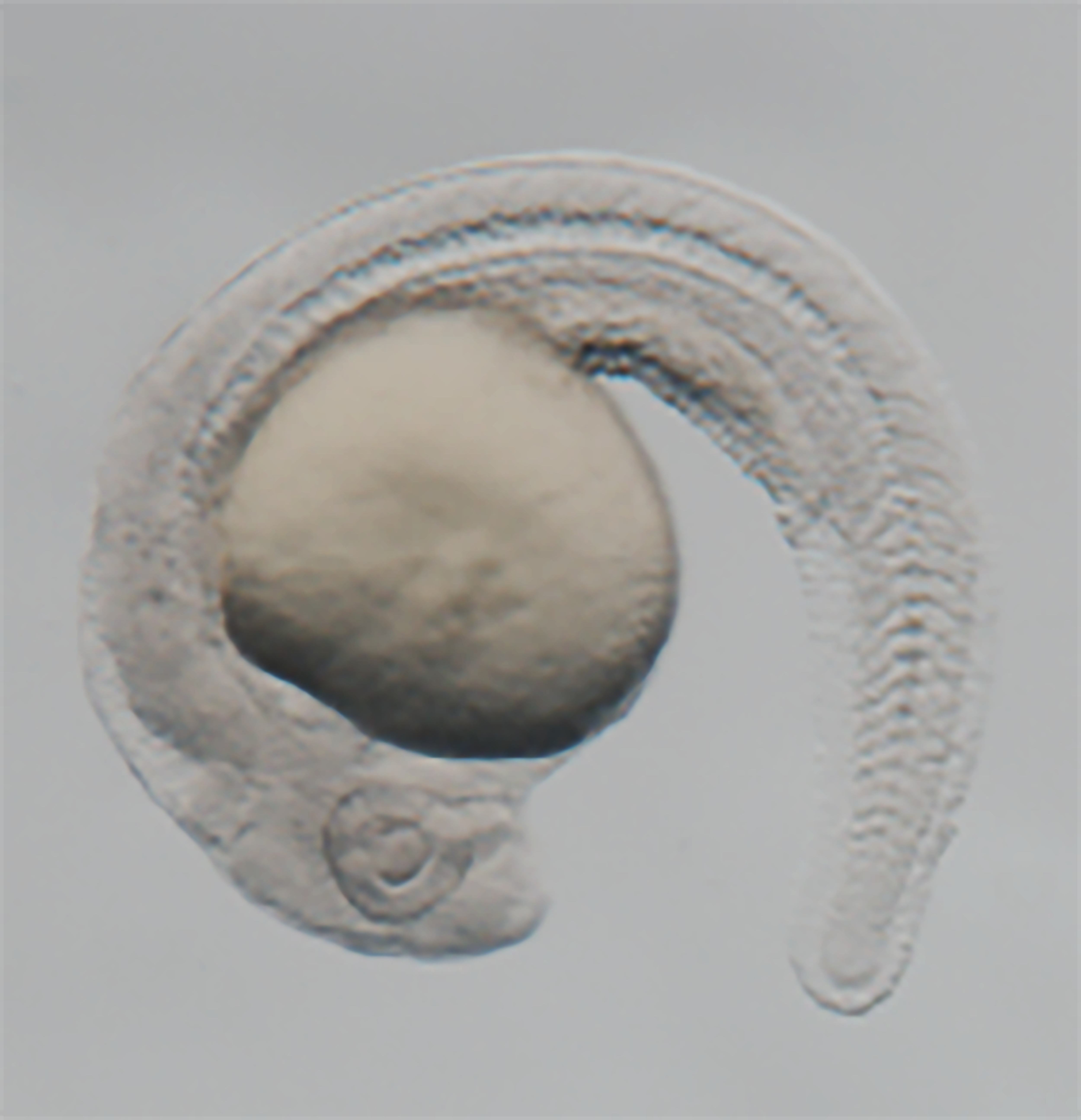
Research
The McGraw Lab uses zebrafish (Danio rerio) as a model organism to study the development and regeneration of sensory cells
Development and regeneration of mechanosensory hair cells in the lateral line
Mechanosensory Hair Cells

Mechanosensory hair cells are critical for mediating the sensation of sounds in the inner ear, balance in the vestibular system, and water current in the lateral line. In humans, the hair cells of the inner ear do not regenerate after injury. By using the zebrafish, the McGraw Lab studies how these cells function and how different mechanisms affect their ability to regenerate.
Collective Cell Migration

The zebrafish posterior lateral line develops through the collective cell migration of the posterior lateral line primordium during embryonic development. During migration, cells within the primordium are proliferating, differentiating, and undergoing mesenchymal to epithelial transition. The McGraw lab studies mutations that disrupt collective cell migration and lateral line formation. This research will help us understand the molecular and cellular mechanisms that regulate collective cell migration in the developing embryo and collective cancer cell invasion.
Lipid Transfer Protein function in organism development
CERT

Lipids are critical for cellular development and homeostasis. Due to the hydrophobic nature of lipids, they need special mechanisms to move to different cell organelles for signaling and organelle identity. The McGraw lab studies the role of the lipid transfer protein cert1a during embryonic developing using zebrafish as a model organism. CERT is the ceramide transfer protein. The McGraw Lab studies how development is altered when CERT is mutated.
